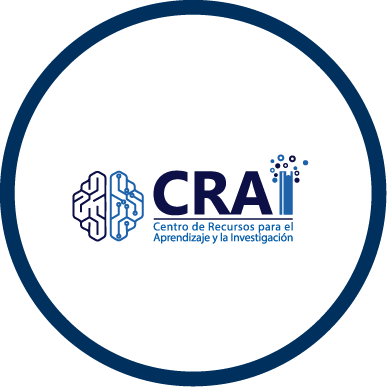Descripción de los principales aspectos clinicopatologicos de la hematuria enzoótica bovina
Bovine Enzootic Hematuria is recognized as an endemic disease defined as a chronic toxicosis that has become relevant in the recent world environment, it is characterized by producing anemia and death in animals that are between 4 and 12 years of age, mainly presenting lesions in the neoplastic and...
Guardado en:
| Autor principal: | |
|---|---|
| Otros Autores: | |
| Formato: | Trabajo de grado (Pregrado y/o Especialización) |
| Lenguaje: | spa |
| Publicado: |
Universidad Antonio Nariño
2022
|
| Materias: | |
| Acceso en línea: | http://repositorio.uan.edu.co/handle/123456789/5943 |
| Etiquetas: |
Agregar Etiqueta
Sin Etiquetas, Sea el primero en etiquetar este registro!
|
| Sumario: | Bovine Enzootic Hematuria is recognized as an endemic disease defined as a chronic
toxicosis that has become relevant in the recent world environment, it is characterized by
producing anemia and death in animals that are between 4 and 12 years of age, mainly presenting
lesions in the neoplastic and non-neoplastic urinary bladder, generally caused by ingestion of male
fern. Considering the large number of cattle found in the country established in the length and
breadth of the width of the country, the present monograph had the intention of characterizing the
main clinical-pathological aspects of the disease, considering as study methodology the
documentary review. Under this purpose, different studies were identified that coincide in
recognizing that a fundamental step in the diagnosis of the disease is the observation, both of blood
in the urine, as well as the meat-bone composition of the animals, because the pathology tends to
generate a constant degradation of the healthy conditions of the bovine generating death due to
anemia or malnutrition. To the same extent, it is recognized that both clinical and mechanical
procedures are essential for the early detection and treatment of animals. As a conclusion, it is
evident that, although there is documentation regarding the disease, the truth is that greater
attention is required by researchers, farmers and the State in Colombia |
|---|




